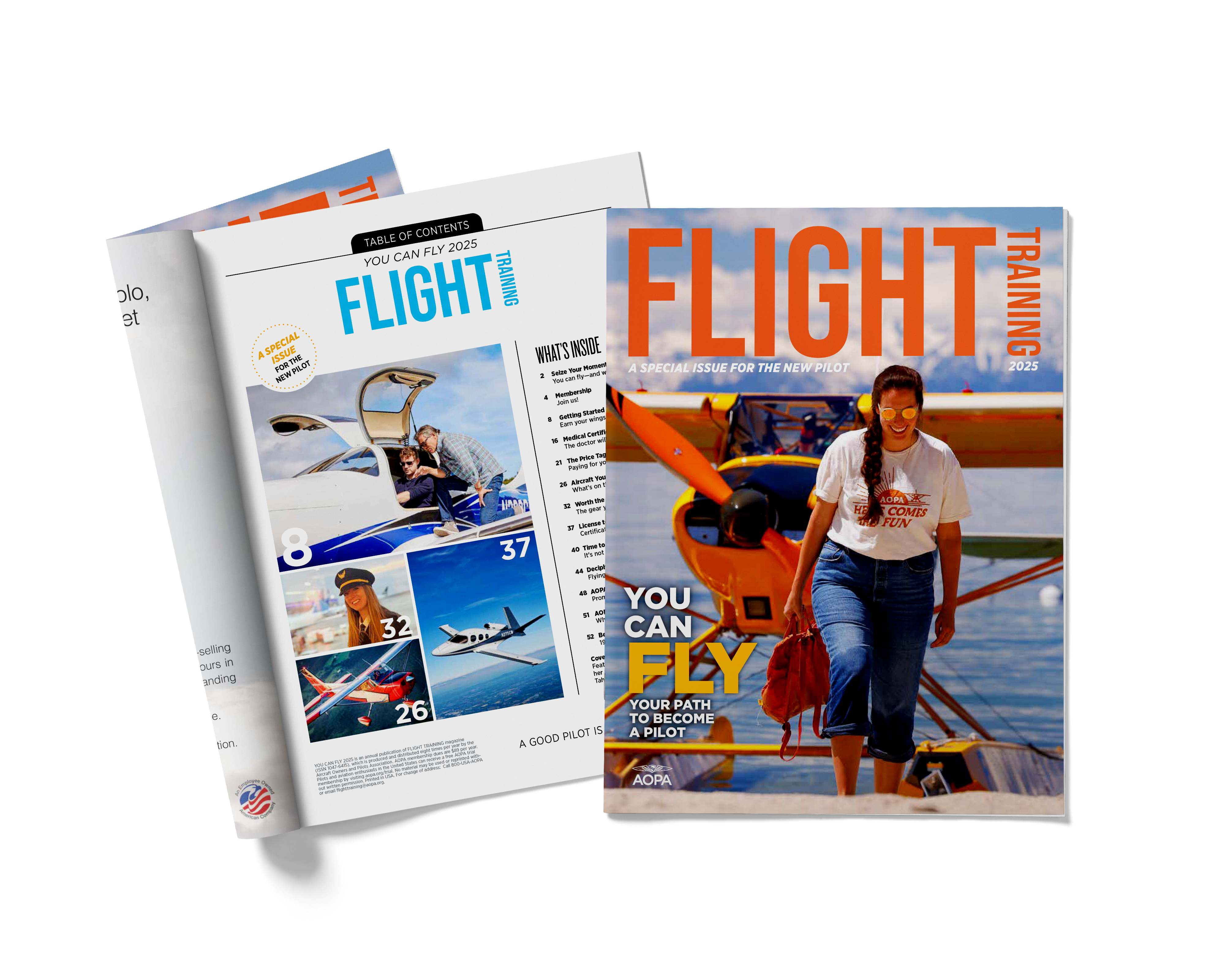Training and Safety Tip: Feel for the rudder
The student pilot raised the nose on takeoff and the aircraft darted to the left as it lifted off of Mother Earth. As the flight instructor righted the aircraft, the flight continued with a puzzled student and an exasperated instructor who was left considering alternative approaches to solving the takeoff problem.
This scenario usually plays out under three circumstances: A primary student’s first takeoffs, a rusty pilot’s return to flying, or an experienced pilot transitioning to a high-performance aircraft. For all three situations the solution is quite the same: understand the aerodynamics and physics at work in operating an aircraft in high power, low airspeed configurations.
This is where things can go awry.
Whether you’re a student pilot, or a pilot who’s upgrading to more power, you need to get a feel for what it feels like to use the correct amount of pressure on the rudder. One way is for you and your instructor to taxi the airplane several trips down the runway at elevated taxi speeds. At a nontowered airport, make sure the runway is clear with no conflicting traffic. At a towered airport, request a full-length taxi on the active runway.
When all is clear, your instructor can assist by managing the throttle with smooth, steady changes in thrust while you focus on proper rudder input. Make several passes with increasing speeds up to the airspeed-active point. In the next step you’ll manage power input as well. Using this technique has several benefits: It allows you to focus on reducing the left turning tendency without having to concurrently add the elements of power input and adding takeoff timing into the mix. When you successfully keep the centerline between the mains with proper control input, it’s time to add elevator pitch to the process and enjoy a smooth, low-stress takeoff.
Allen Alwin is a Wright Brothers Master Pilot and CFII with more than 2,300 hours of dual given.
You Can Fly !

This beginning pilots' resource guide explains what you can expect from your introductory flight through initial training— and how to turn your dream of flying into reality. Simply enter your name and email address.




